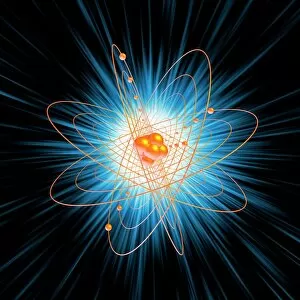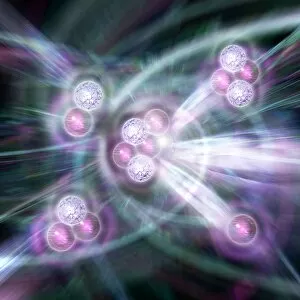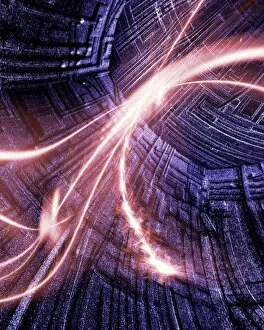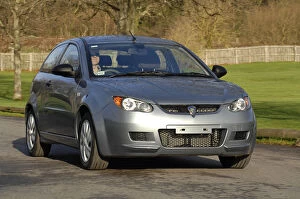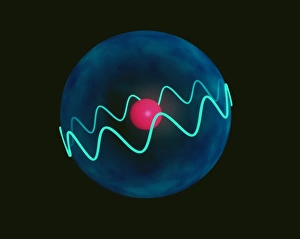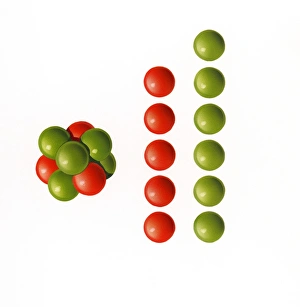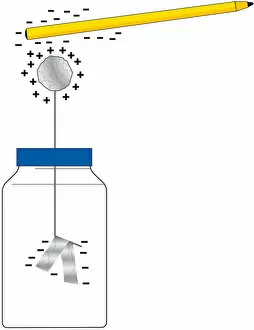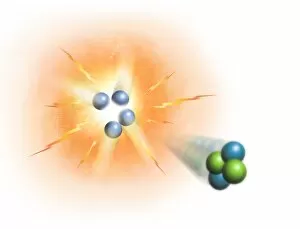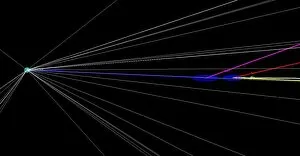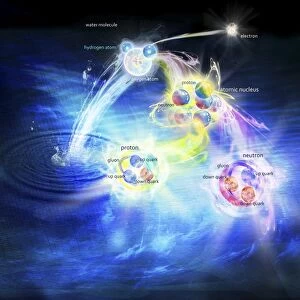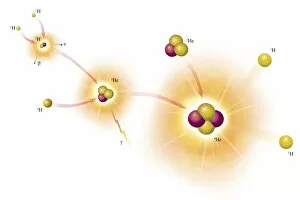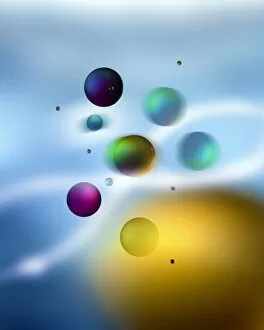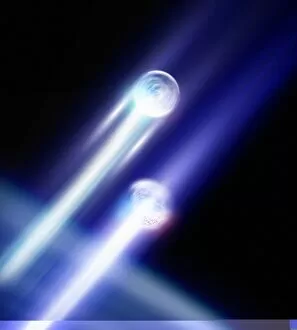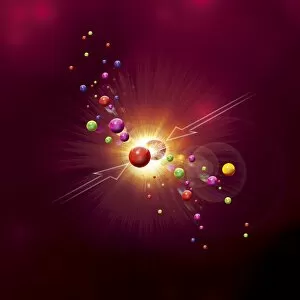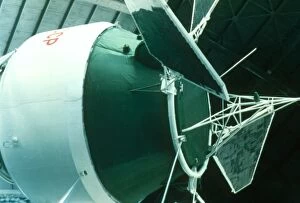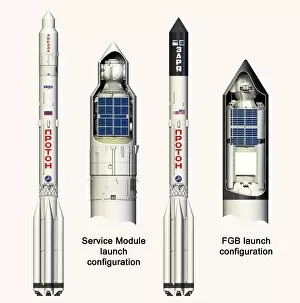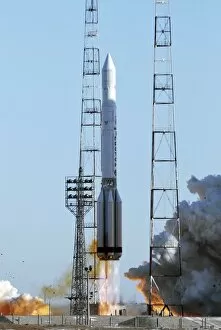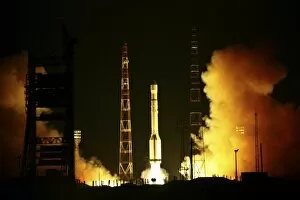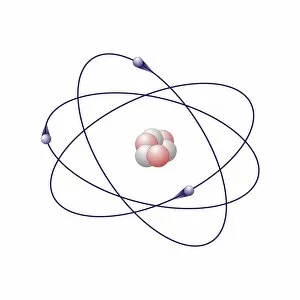Proton Collection
"Unveiling the Mysteries of Proton: A Journey into the Heart of Matter" Step into the realm of nuclear fission artwork
All Professionally Made to Order for Quick Shipping
"Unveiling the Mysteries of Proton: A Journey into the Heart of Matter" Step into the realm of nuclear fission artwork, where atomic structures come to life in captivating visuals. Witness the mesmerizing collision of particles within a particle accelerator, as scientists unravel the secrets hidden within protons. Delve deeper into this subatomic world and explore visualizations depicting the intricate quark structure of carbon and proton. Marvel at how these tiny building blocks form the foundation of our universe, connecting man and atom in an extraordinary dance. Intriguingly, amidst scientific wonders lie unexpected surprises like a 2007 Proton Satria Neo 3 with its enigmatic creator unknown – a reminder that even everyday objects can bear traces of this elemental force. Expand your horizons further by contemplating oxygen's atomic structure portrayed through stunning artwork. Let your imagination soar as you envision atoms with nuclei composed of protons and neutrons based on Bohr's model - a timeless representation that continues to inspire generations. Embark on an exploration through various atomic models such as beryllium and helium, each showcasing their unique arrangements influenced by protons' presence. These models unveil nature's ingenuity in crafting diverse elements from just one fundamental particle. Join us on this captivating journey deep into the heart of matter - where art meets science, unveiling profound insights about protons' role in shaping our universe's fabric. Discover how these minuscule entities hold immense power and continue to captivate humanity's curiosity for centuries to come.


